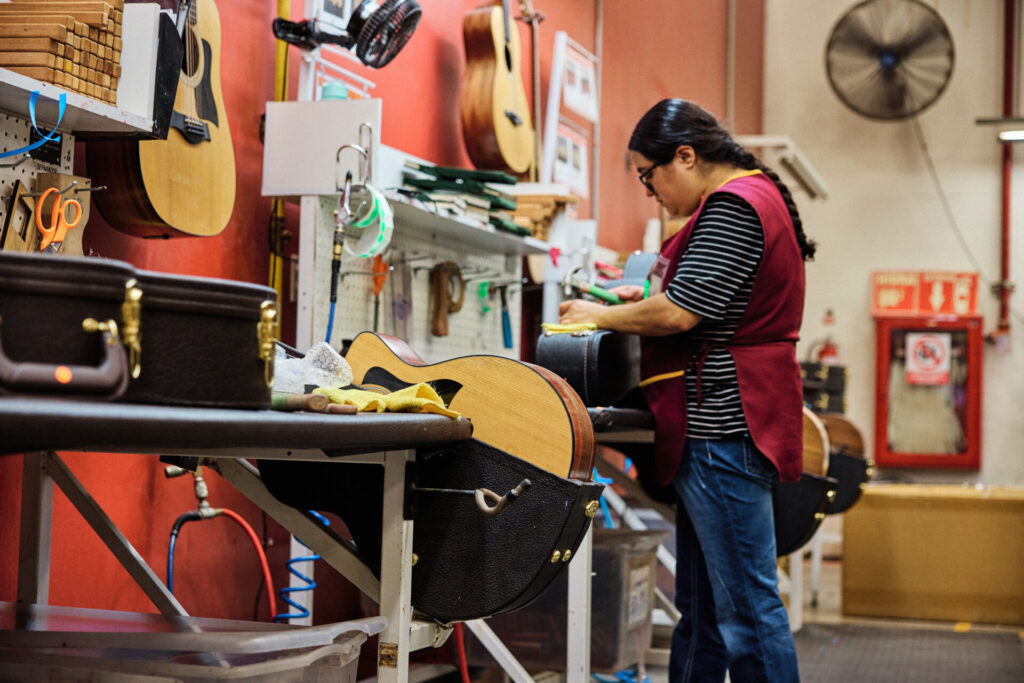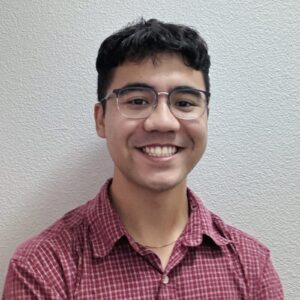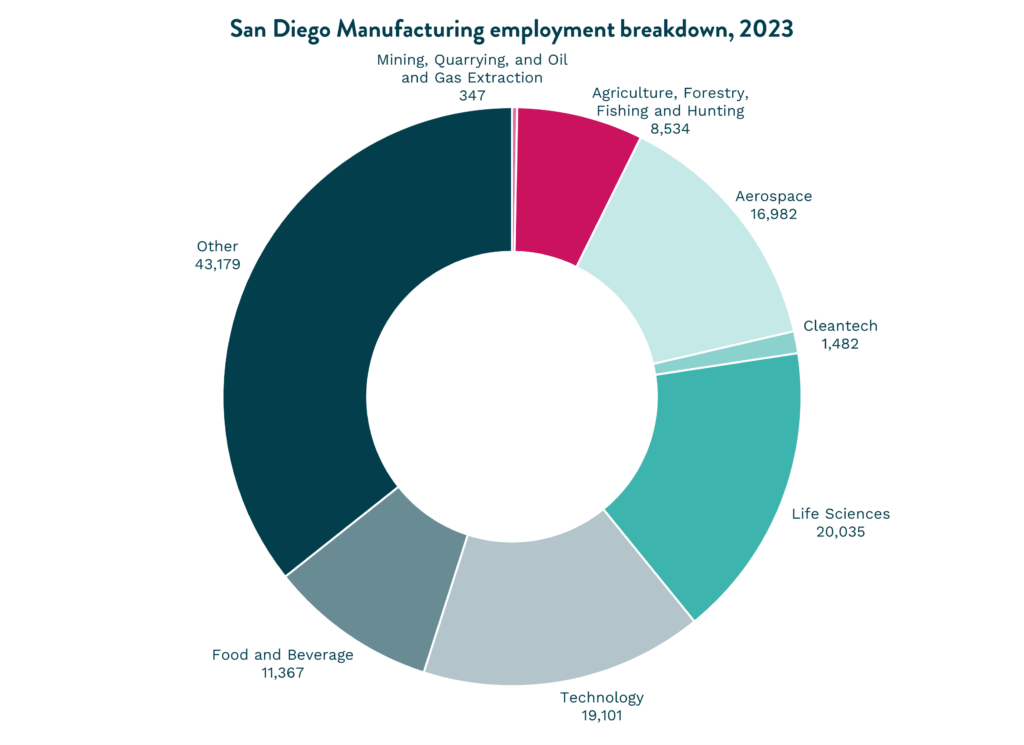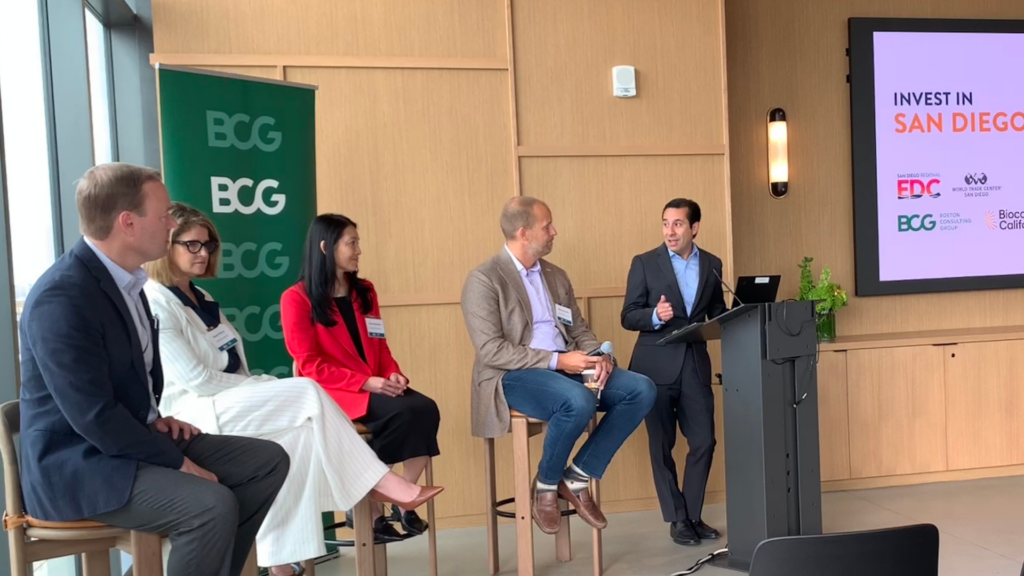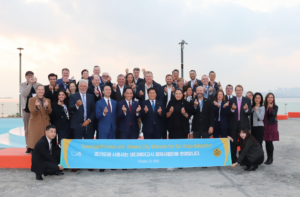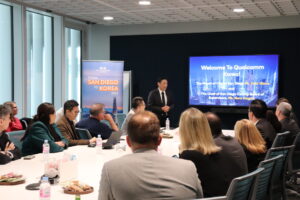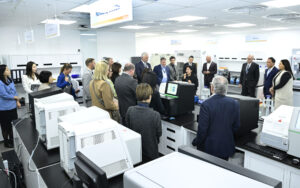The map is not the terrain
As I return to the crystal ball in 2025, never have I seen such a wide range of possibilities. Both the national policy and technology landscapes are primed for major disruptions that could shape San Diego’s economic fortunes in more ways than we can count. While the map provides a fairly clear direction, the terrain is difficult to predict and sure to throw us off course at some point, at least temporarily.
What is certain is that we have just wrapped up what should be viewed as another solid year for the U.S. economy. The nation added 2.2 million jobs, a growth rate slightly above the average of the last 10 years. The economy expanded at an annualized growth rate of 3.1 percent, primarily driven by consumer spending, exports, business investment, and federal government spending. Inflation has continued to moderate with the price of energy and goods falling, while the price of services continues to rise.
I see the money, show me the jobs
Locally, San Diego continues to draw venture capital to fund young companies in both Tech and Life Sciences, to the tune of nearly $6 billion in 2024. The region also added jobs, but at about half the rate of the U.S. Recent job growth has been driven by locally serving industries like full service restaurants, whereas our innovation industries have shed jobs during the last 12 to 18 months. Some of this is right sizing after a pandemic fueled surge in Life Sciences. Some of it is driven by federal incentives that have led to relocation and expansion of Manufacturing jobs outside our region.
Federal funding has fueled a half trillion-dollar investment into new manufacturing facilities nationwide over the last three years. Pre-pandemic, manufacturing employment growth in San Diego outpaced both the state and nation; since then, that trend has completely reversed.
Meanwhile, there are $132 billion in federally appropriated funds for renewable energy that remain unspent. San Diego has a small but growing Cleantech cluster that continues to innovate and provide high-paying jobs.
Additionally, the private sector has more than bought into the promise of AI, with a third of the large companies looking to pour tens of millions of dollars more into the tech and build upon the positive returns on the past investments. The question here is whether San Diego can catch the wave of investment that is going into all these foundational and enabling technologies so that our region can also benefit from the growth will bring.
AI’s double-edged sword
Speaking of AI, 2025 may be the year that will truly test the hype. Yes, investment is up, way up (see last paragraph), but job postings requiring skills in developing AI have barely budged since the launch of ChatGPT in November 2022.
Yet, the application of GenAI is seemly impacting the skills employers are looking for in new hires. Since 2019, six of the 10 fastest growing occupations in Life Sciences have been for non-scientific and non-technical roles. In Tech, seven of the 10 fastest growing occupations have been non-engineering, non-software roles. In fact, demand for software developers has fallen 80 percent during that time—the occupation that has topped job postings lists for the last decade in San Diego. Time will tell if the AI hype is real, but for now, there are fewer Tech jobs in San Diego than there were pre-pandemic and AI’s impact on the labor market is certainly a factor.
Affordability is about payments, not prices
Another factor impacting San Diego’s Tech cluster is remote work availability, which was lower in 2024 than in 2023 and lags the national average. Remote jobs outside of the region can be especially attractive considering San Diego’s high cost of living.
However, 2024 did bring some relief in terms of housing costs. Rents in San Diego grew much more slowly compared to recent year, up 2.6 percent. The median-priced home fluctuated throughout the year but ended where it began at just above $1 million. However, mortgage rates continued to rise, driving up the monthly payment on that same million-dollar home by $730. There are signs that it is less of a seller’s market: homes have not sold above asking price for most of the past 12 months and for-sale inventory is higher than it’s been in years. Still, the big variable in the housing market is whether mortgage rates can fall enough to spur owners currently locked into historically low rates to sell.
The year ahead
These trends—converting capital to job growth, harnessing AI to boost productivity, and unlocking home sales—will help define our regional economy in the year ahead. Of course, so will several other wild cards, such as looming public budget constraints, the prospect of trade wars, global conflict, and climate change impacts. Nonetheless, the goal remains the same: to maximize San Diego’s economic prosperity and global competitiveness through an inclusive economic development agenda, and doing so with and through our network of 150+ investors and regional partners.
In 2025, EDC will focus on amplifying the economic impact of large-scale, mixed-use developments to grow and retain quality jobs and deliver much needed housing. We will also work to elevate the value of our unique assets as a military economy, cross-border region, and innovation hub. We know where we are and where we want to go—getting there will certainly be a ride.
Happy new year,

Eduardo Velasquez
Sr. Director, Research & Economic Development
Read 2024’s edition: Looking into the 2024 crystal ball
Read 2023’s edition: Looking into the 2023 crystal ball
